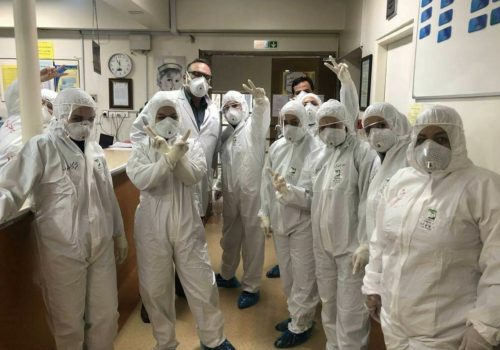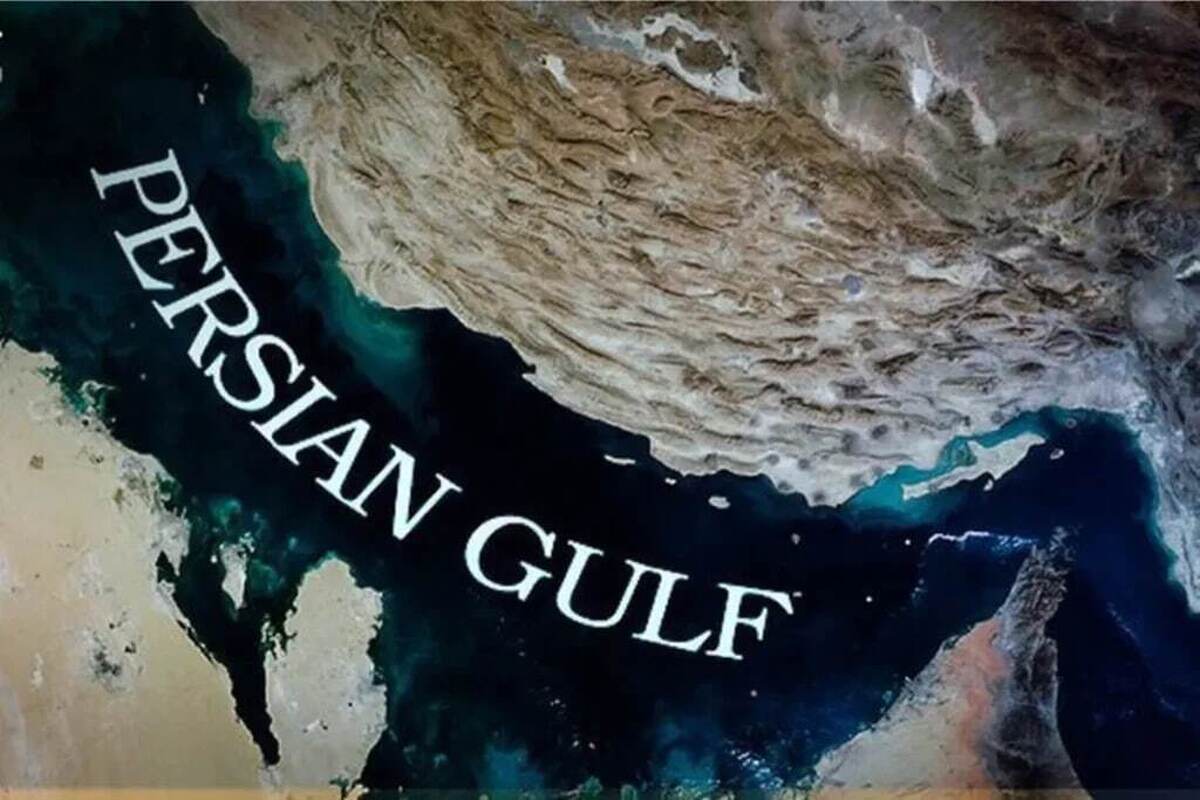
Iranian new year begins with a growing coronavirus crisis
Nowruz, or New Day, is the first day of the spring, and the first day of the Iranian New Year. It’s the time for turning over a new leaf and welcoming the season of bliss and blossoms into one’s spirit. But on the first day of this year’s spring, Iran is not in the news for any celebration. This year, the country’s name is synonymous with sadness as thousands contract COVID-19 and hundreds fall victim to it.
The latest official statistics reveal that as of March 18, over 17,361 Iranians have contracted the coronavirus and 1,135 of them have died—making Iran the third most impacted country after China and Italy. Conflicting reports make it difficult to know how widespread the cases are, although the gravity of the situation is quite clear. Two officials of the health ministry officials offered different numbers, contributing to the confusion and lack of trust in the government. The Health Ministry’s Communications director Kianoush Jahanpour announced that fifty Iranians contract the virus every hour, while Deputy Health Minister Iraj Harirchi—himself a recovered victim of COVID-19—said forty-three Iranians contract the virus every hour and three of them will die from it. A study from the elite Sharif University warned that as many as 3.5 million Iranians could die by the end of May.
Amid the confusion over numbers, one fact is clear: Iranians face dire conditions exacerbated by crippling US sanctions that have wreaked havoc on an already fragile healthcare system, which suffers from severe shortages of medications and medical equipment. So far, however, the Trump administration has rebuffed calls—including from democratic presidential candidate Bernie Sanders—to lift sanctions during this emergency.
Most intensive care units and hospital beds are already occupied by COVID-19 patients, making it difficult for other patients to get treatment. Blood banks’ supplies are dwindling. Medical officials are calling on people to donate blood and trying to convince them that donating blood would not put them at any risk of contracting the virus.
Another reason why coronavirus is spreading so rapidly in Iran to such dire effect is the fact that many members of the public are not ceasing social contact.
Iranians traditionally shop prodigiously before the New Year, spending whatever they can afford. Most businesses rely on the several weeks before spring as their most profitable period.
Despite the pandemic, many have refused to close up shop, and since business closures are so far recommended rather than mandatory, most stores and restaurants have stayed open.
Efforts to contain the virus are also undercut by the widespread popular distrust of the government. Many Iranians refuse to believe what it says, even when it is for their own good. Beyond shopping in crowded stores, other Iranians have refused to cancel planned Nowruz trips, causing heavy traffic and slowdowns on intercity toll roads and highways.
Some Iranians appear to discount the current danger, while others seem to consider leaving their homes and going on with their normal routines as a sign of civil disobedience. The justification for their mistrust is of course the establishment’s actions; the most recent examples being the way nationwide protests were brutally crushed last November, and the government’s denial for three days of responsibility for shooting down a Ukrainian airliner during a spasm of Iran-US escalation.
Early on in the pandemic, outspoken reformist Tehran MP Mahmoud Sadeghi, who contracted coronavirus himself, wrote about these instances on Twitter, urging more government transparency. However, the government did not appear to take the situation seriously until several members in various branches died after contracting coronavirus.
Reformists, anti-regime Iranians and individuals who are merely indifferent are not the only ones defying the government’s advice. Hardliners and religious fundamentalists have protested the government’s belated decision to close shrines to curtail the spread of the virus. They think the administration has no right to ask people to self-isolate and that the shrines have the power to combat COVID-19. That belief led them to resist the closure and fight unarmed guards at one of Iran’s holy sites—the shrine of Imam Reza, the eighth Shia saint—and break down the shrine’s gates in Mashhad. Law enforcement forces intervened and arrested a few of the violent protesters. A similar incident occurred at another major Shia shrine in Qom, one of the epicenters of the coronavirus and the first Iranian city in which the virus was reported.
Videos of health officials, nurses, children, and first responders’ family members have been posted on social media in the past couple of weeks, in which authorities and their relatives practically beg the public to stay home for their own sake. Such posts became more popular following the death of a reportedly large number of health care staff. But some people continue to ignore these warnings.
The administration of President Hassan Rouhani, which has been much criticized during the crisis, announced on March 17 distribution of the first increment of “corona aid” to three million low income households, adding that the administration has designated them as low income families but didn’t specify the qualifying criteria. The aid, a small sum of money, is a very small band-aid on a deep wound, as is the government’s announcement that water and electricity bills can be paid up to two months later with no late fees. Another corona-related development is furlough for 78,000 prisoners, and temporary restrictions on some new detainments. Yet, the pandemic rages on.
COVID-19 is only the latest challenge in a year of woes. The Rouhani administration is struggling on several fronts. In the midst of a global health crisis, Iranians have new uncertainties to worry about: skyrocketing prices, the ever-shrinking value of their national currency, the shortage of health care essentials, severe air pollution, drought, and more.
According to a Persian expression, “Springtime reveals what kind of a year we’d have,” meaning that should a year start well, it would continue and end well. If spring is unpleasant, however, one cannot hope for a good year. Hopefully, the expression is pure superstition and nonsense. Otherwise, Iran is in for an even more dismal future.
Mehrnaz Samimi is a journalist, simultaneous interpreter, and Iran expert in Washington. Follow her on Twitter: @MehrnazSamimi.
Source: Atlantic Council



